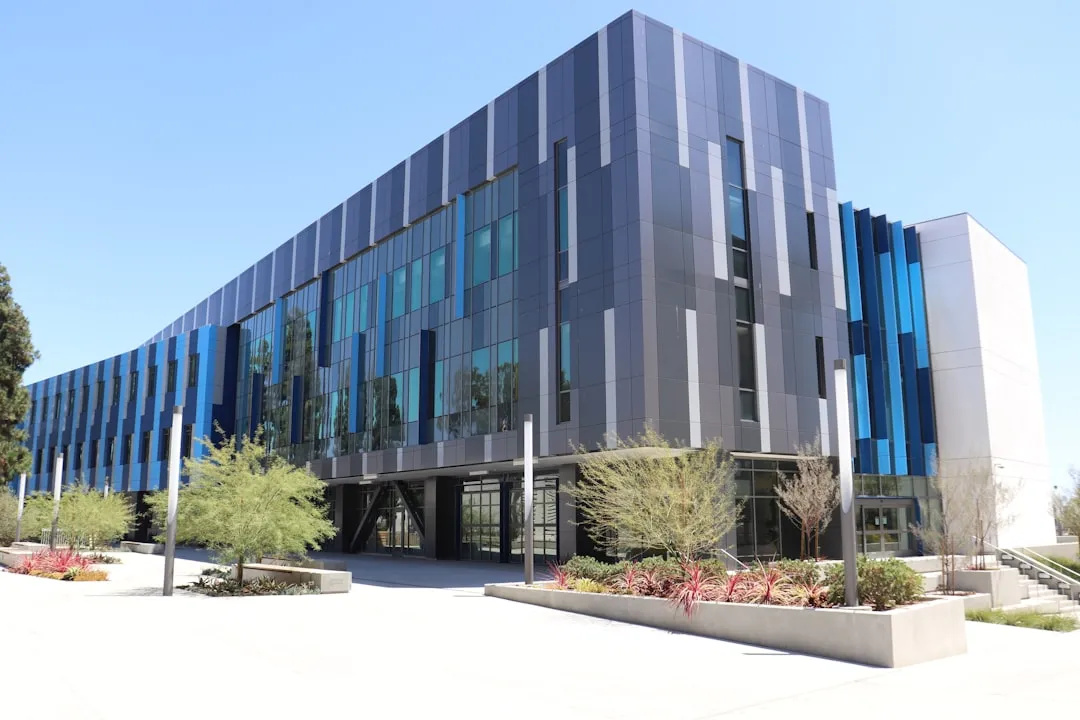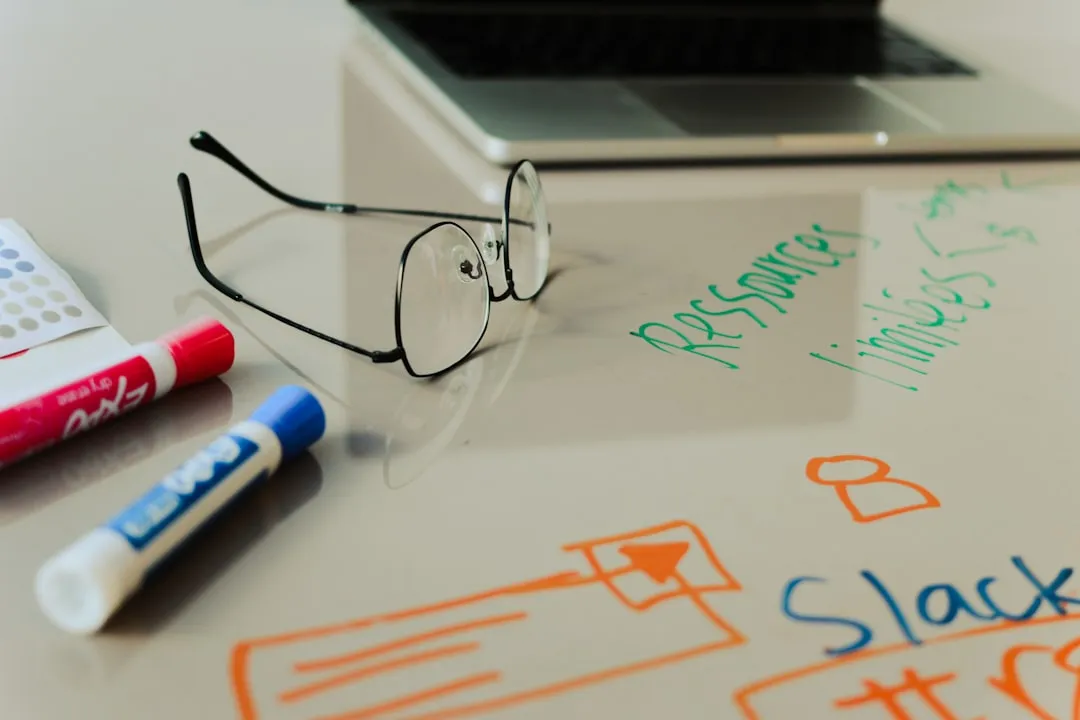In the fast-evolving B2B SaaS landscape, is your lead generation budget prepared for 2025's realities? Understanding the average cost per lead b2b saas 2025 is critical for marketers and business owners. Proactive planning, optimized budgeting, and sustainable growth are essential amidst economic shifts and technological advancements. While challenges like fierce competition, evolving privacy regulations, and AI integration persist, opportunities for data-driven optimization and advanced targeting are also emerging.
This comprehensive guide will unpack the projected average cost per lead for B2B SaaS in 2025, delve into the key factors influencing CPL across various sectors and channels, and provide actionable strategies for optimization, leveraging data-informed insights and tools like AXZ Lead to ensure your lead generation efforts are both efficient and effective.
1. Understanding Cost Per Lead (CPL) in B2B SaaS
1.1 What is CPL and Why is it Paramount for SaaS Growth?
Cost Per Lead (CPL) is a marketing metric that measures the total cost incurred to acquire a single lead. It's calculated by dividing the total campaign cost by the number of leads generated. For B2B SaaS, CPL is a paramount Key Performance Indicator (KPI) because it directly links marketing spend to potential revenue, influencing scalability and profitability. Understanding the distinction between raw CPL, Marketing Qualified Lead (MQL) CPL, and Sales Qualified Lead (SQL) CPL is crucial for accurate performance assessment.
1.2 CPL vs. Customer Acquisition Cost (CAC): A Crucial Distinction
While often confused, CPL and Customer Acquisition Cost (CAC) are distinct but related metrics. CPL focuses solely on the cost of generating a lead, regardless of whether that lead converts into a customer. CAC, on the other hand, measures the total cost to acquire a paying customer, encompassing all sales and marketing expenses. A low CPL doesn't always guarantee a low CAC, as lead quality and sales efficiency play significant roles in converting leads to customers.
1.3 A Brief Look Back: B2B SaaS CPL Trends in 2023-2025
To understand the future, it's important to look at the past. The B2B SaaS CPL trends in 2023-2025 saw significant fluctuations. Economic downturns, increased competition, and evolving privacy updates (like cookie deprecation) all contributed to a dynamic landscape. Many businesses experienced an upward trend in their b2b lead generation cost, pushing them to seek more efficient strategies.
2. Average Cost Per Lead B2B SaaS in 2025: Projections & Benchmarks
2.1 Overall B2B SaaS CPL Forecast for 2025: Macro Trends
For 2025, projections indicate a continued upward trend in the average cost per lead b2b saas 2025. This is influenced by market maturity, increased competition, and the ongoing integration of AI. The overarching economic outlook, inflation, and market maturity will continue to impact the b2b saas cost per lead. However, the expected impact of AI adoption on lead generation efficiency could offer some counter-balance, though initial investments in AI tools might temporarily increase costs.

Visualizing the upward trend of average cost per lead in the B2B SaaS industry.
2.2 CPL Benchmarks by B2B SaaS Sector for 2025
The question of "what is a good cost per lead for b2b saas?" is highly dependent on the sector. Enterprise B2B SaaS, with its longer sales cycles and higher deal values, can justify a higher CPL compared to SMB SaaS. Here's an analysis of specific SaaS niches:
- FinTech SaaS CPL: Often higher due to regulatory complexities and the need for highly qualified leads.
- MarTech/AdTech SaaS CPL: Competitive, with costs driven by the effectiveness of targeting and ad spend.
- HRTech/EdTech SaaS CPL: Can vary, with HRTech often having higher CPLs due to the strategic nature of the solutions.
- Cybersecurity SaaS CPL: Typically high, reflecting the critical nature of the service and the specialized audience.
Certain sectors naturally incur higher or lower costs due to factors like sales cycle length, deal size, and the specificity of the target audience.
2.3 CPL by Marketing Channel for B2B SaaS in 2025
The b2b lead generation pricing varies significantly across different marketing channels:
- Paid Search (PPC): Google Ads, LinkedIn Ads will continue to be a significant source of leads, but competition will likely drive up the b2b lead generation cost.
- Content Marketing & SEO: Offers long-term ROI with lower CPL for organic leads, but requires significant initial investment and consistent effort.
- Social Media Marketing (Paid & Organic): Platform-specific CPL trends will continue, with LinkedIn generally yielding higher quality (and thus higher CPL) B2B leads.
- Outbound Sales & Cold Outreach: The reasonable cost per lead b2b outbound outreach 2025 will depend on the efficiency of the sales team and the quality of the prospecting data.
- Referral & Partner Programs: Often the lowest CPL, but dependent on existing network and customer satisfaction.
- Event Marketing (Virtual & In-Person): Analyzing b2b lead generation pricing for events requires careful consideration of attendance quality and follow-up processes.

Comparing the varying CPLs across key B2B SaaS marketing channels for the upcoming year.
3. Key Factors Influencing B2B SaaS CPL in 2025

An overview of the critical elements that shape your B2B SaaS Cost Per Lead.
3.1 Industry, Niche & Target Audience Definition
How granular your Ideal Customer Profile (ICP) definition is directly impacts CPL. Targeting broad markets can lead to higher CPLs due to less precise messaging and wasted ad spend. Conversely, a well-defined niche allows for highly targeted campaigns, potentially lowering the cost of acquiring qualified leads.
3.2 Lead Quality & Qualification Methodologies
The quality of your leads is paramount. MQLs (Marketing Qualified Leads) and SQLs (Sales Qualified Leads) have different acquisition costs. The cost of qualified b2b sales leads lists can vary significantly, and what truly constitutes a "qualified" status is crucial. Lead scoring and nurturing processes are vital in refining lead quality and ensuring marketing efforts are focused on the most promising prospects.
3.3 Marketing Channels, Campaign Strategy & Execution
The mix of marketing channels, budget allocation, targeting precision, and creative effectiveness all profoundly affect CPL. Different b2b lead generation pricing models influence strategy, requiring careful consideration of where and how to invest marketing dollars for optimal returns.
3.4 Economic & Competitive Landscape
Market saturation and competitor ad spend directly impact auction-based CPLs in channels like PPC. The broader economic health also influences business spending and lead conversion rates, making it a critical external factor.
3.5 Technological Advancements & AI Integration
AI tools for personalization, automation, and predictive analytics can both increase and decrease CPL. While AI can drive efficiency and better targeting, the initial investment and the increased sophistication of competitors leveraging AI can also contribute to rising costs. The ongoing impact of data privacy regulations (e.g., cookie deprecation) also affects targeting costs.
4. Strategies to Optimize and Reduce B2B SaaS CPL in 2025
4.1 Enhance Targeting Precision with Data & AI
Leveraging intent data, firmographics, and technographics is key to precise targeting. Using AI for predictive lead scoring and personalized content delivery ensures you're reaching the right audience with the right message. AXZ Lead's advanced segmentation and predictive analytics tools can help pinpoint your Ideal Customer Profile with unprecedented accuracy, ensuring you target higher-quality leads and thereby reduce your effective CPL.

Gaining real-time insights into your CPL performance with AXZ Lead's intuitive dashboard.
4.2 Content Strategy for Sustainable CPL Reduction
Developing high-value, educational content that resonates with each stage of the buyer's journey is crucial. Investing in long-form SEO content generates evergreen, low-CPL organic leads. Content repurposing across multiple channels further maximizes its impact and reduces the overall b2b lead generation cost.
4.3 Conversion Rate Optimization (CRO) Across the Funnel
Optimizing landing pages, forms, and calls-to-action (CTAs) for higher conversion rates directly impacts CPL. A/B testing and user experience (UX) improvements, along with streamlining the lead capture process, ensure that more of your traffic converts into leads.
4.4 Strategic Multi-Channel Approach & Attribution Modeling
Understanding the true value of each channel through sophisticated attribution models allows you to shift your budget to channels offering the best b2b lead generation ROI. For more on optimizing your marketing spend and understanding the true value of your efforts, explore our article on SaaS marketing insights.
4.5 Building Robust Referral & Partnership Programs
Leveraging existing customer satisfaction for organic, high-quality referrals often results in near-zero CPL. Establishing strategic partnerships for co-marketing and lead sharing can also significantly reduce acquisition costs.
4.6 Utilizing B2B Lead Generation Platforms & Tools
CRM, marketing automation, and lead intelligence platforms play a vital role. Platforms like AXZ Lead offer comprehensive lead management, analytics, and automation features, helping you track CPL effectiveness in real-time and identify areas for cost reduction. Reviewing what is the average cost per qualified lead for b2b lead lists from top tools? and assessing tool ROI is essential.
5. Setting a "Good" CPL for Your B2B SaaS Business in 2025

A quick reference for average CPLs across different B2B SaaS sectors in 2025.
5.1 Benchmarking Against Your Own Historical Data & Goals
Industry averages are a starting point, not a definitive target. A "good" CPL is relative to your specific business. Focusing on year-over-year improvement against your own historical data and goals is a more effective approach.
5.2 The Interplay of CPL, Lifetime Value (LTV), and Customer Acquisition Cost (CAC)
Understanding what is a good cost per lead for b2b saas? requires considering the LTV:CAC ratio. It's crucial to balance lead volume with profitability, ensuring that the cost of acquiring a lead aligns with the long-term value that customer brings.
5.3 Industry-Specific & Business Model Considerations
Different CPL targets apply to high-ticket enterprise SaaS versus freemium models. The complexity of the sales cycle, the average contract value, and the target market all influence what constitutes an acceptable CPL.
5.4 The Role of AXZ Lead in Strategic CPL Management
AXZ Lead's intuitive analytics dashboard provides real-time CPL insights across all your campaigns, empowering you to make data-driven adjustments quickly and efficiently, directly contributing to reduce your cost per lead. Learn how AXZ Lead can help you drive down your acquisition costs and improve profitability by exploring our B2B Lead Generation Services.
💡 Key Takeaway
A "good" CPL is not a universal number. It's a strategic metric that must be evaluated in the context of your business model, target audience, and overall profitability goals.
Key Takeaways Section
- CPL is Dynamic: The average cost per lead b2b saas 2025 is projected to increase, influenced by market maturity, competition, and AI integration.
- Context is Key: A "good" CPL is relative to your SaaS niche, lead quality, and LTV:CAC ratio, not just industry averages.
- Data-Driven Decisions: Leverage analytics and predictive tools to understand lead quality and channel performance, optimizing for better ROI.
- Multi-faceted Optimization: Reducing CPL requires a holistic approach, combining precise targeting, valuable content, CRO, and strategic channel selection.
- AI's Dual Impact: AI offers opportunities for efficiency and personalization but also contributes to increasing complexity and potentially costs in certain areas.
- AXZ Lead for Actionable Insights: Tools like AXZ Lead are crucial for real-time tracking, segmentation, and strategic planning to manage and optimize your B2B SaaS CPL effectively.
- Future-Proofing: Proactive planning and continuous optimization are essential to navigate the evolving B2B SaaS lead generation landscape in 2025 and beyond.
Frequently Asked Questions
What is the projected average cost per lead for B2B SaaS in 2025?While exact figures vary by sector and channel, projections indicate a continued upward trend in b2b saas cost per lead due to increased competition and evolving market dynamics. We forecast CPLs to range from $75-$250+ depending on lead quality and acquisition channel.
How can I effectively reduce my B2B SaaS CPL?Effective CPL reduction involves precise audience targeting, creating high-value content, optimizing conversion funnels, leveraging advanced analytics, and adopting a smart multi-channel strategy. Utilizing platforms like AXZ Lead can significantly aid in tracking and optimizing these efforts.
What's the difference between CPL and CAC in B2B SaaS?CPL (Cost Per Lead) measures the cost to acquire a single lead, regardless of its qualification stage. CAC (Customer Acquisition Cost) measures the total cost to convert a lead into a paying customer. While related, a good CPL doesn't automatically mean a good CAC, as lead quality and sales efficiency play crucial roles in converting leads to customers.
How does lead quality impact the average cost per lead?Higher quality leads, though sometimes initially more expensive to acquire, often result in faster sales cycles and higher conversion rates, leading to a lower effective CAC and ultimately a better b2b lead generation ROI. Conversely, low-quality leads can inflate your CPL without delivering meaningful results.
Will AI make B2B SaaS lead generation cheaper in 2025?AI offers significant potential for efficiency gains in targeting, personalization, and automation, which can help reduce cost per lead b2b marketing. However, the initial investment in AI tools and expertise, combined with increased competition leveraging AI, means that while efficiency improves, overall CPLs may still trend upwards due to market dynamics.




